
For a few generations of horror and sci-fi fans, the name Rick Baker is synonymous with “genius,” “magician,” heck, maybe even “God.” The special effects wizard has been dazzling the eyes, hearts and minds with his expertise in the field of elaborate make-up design for well over thirty years, having been the architect of some of cinema’s most vivid (non-computer generated) wonders: The transformation sequence in AMERICAN WEREWOLF IN LONDON, Eddie Murphy’s various fat suits in the NUTTY PROFESSOR movies, Jim Carrey’s transformation into the scheming, grinning Grinch and, of course, the multitude of strange extraterrestrials that populate the MEN IN BLACK films. (Some might call Baker an Oscar hoarder; the man owns seven of them.)
It’s the latest MEN IN BLACK flick that brought me face-to-face with Rick Baker. For ten blissful minutes (would have preferred an hour – or two), I was allowed to pick Baker’s brain just a little, and I was sincerely delighted to learn that he’s nothing if not completely humble, funny and, above all else, honest. Read on to find out about Mr. Baker’s disagreements with the studio on the MIB pictures, the hardships of sitting an actor down in a make-up chair for over 5 hours, and, perhaps most interestingly, the positive spin he found during MEN IN BLACK III’s notorious production problems.

“You know, the studio can lose their balls about something like that.”
Q: How many aliens would you say you’ve created for the entire MEN IN BLACK series?
Baker: I know we counted 127 for this movie. There wasn’t as many in the other two movies, but there’s probably about 500 aliens or some ridiculous number like that.
Q: Can you talk about the process of creating the aliens; is it a situation where you and your team are just riffing on ideas, or do they emerge from specific notes in the script?
Baker: It’s not very specific in the script. In the first MEN IN BLACK, there were hardly any aliens in the script. And the stuff that was in the script wasn’t any good. And because I’m a fan of the genre, I said, “I’m sorry, but this is a missed opportunity.” For example, in the original, when Tommy introduces Will to the fact that there are aliens on earth, it took place in a bar. Tommy says to the bartender, “Show him,” and the bartender lifts up his neck and light comes out. And I said, “Missed opportunity!” You want to see a f*cking alien, you know?! So I said, what if his face opens up and there’s a little green man in there, working levers and there are monitors and shit. And they go, “We love that!” It was the same thing with Edgar, in the first film. When he grabs his face and stretches it, that was our idea. In the script it said he adjusts his loose neck. I said, “There’s got to be more.”
On the first MEN IN BLACK, I didn’t know Barry and Barry didn’t know me, and it was a learning curve for both of us. And what happened was, he considered me a contributor and a collaborator, and he has in every film since then. Which is nice, they don’t just see me as a pest, because I can be a pest. I do say, “That’s not as good as it should be!”

Q: Is it like, you’re pushing for an alien to be more in the forefront?
Baker: It’s like making a movie about THE WOLFMAN; you should be focusing on the Wolfman, more than some of this other stuff. Whatever, it usually doesn’t happen. But Barry sees me as a collaborator, and when this movie first started to happen, he emailed me and said, “I know you’re retired, but I can’t imagine doing a MEN IN BLACK movie without you, you’re such an important part of the franchise.” And I said, “First of all, I’m not retired, and second of all you don’t have to beg me to do it, because I love MEN IN BLACK.”
Q: What about Boris [played by Jemaine Clement]; what went into crafting his particular look?
Baker: Boris was called “Yaz” in the original script I read, and there was an element of him being a biker, like Dennis Hopper in EASY RIDER. And then it turned out in the end that Boris was a virus, and there was this whole thing that didn’t make sense. And I said, “If he’s a biker, I think he should be an intimidating biker, not Dennis Hopper or some friendly biker.” I thought he should be a cross between Charles Manson and Sonny Barger, the head of the Hell’s Angels at the time. And I said, “He’s the Edgar of this movie.” They were concerned about doing too much with him, you know, the studio can lose their balls about stuff like that, and things get watered down so much that they’re not cool. They say it can’t be too scary, and get be too much. F*cking Edgar from the first movie could have been out of a horror movie. Remember how Edgar was a successful movie villain and Serleena from the second movie wasn’t? (Laughs) Wouldn’t it be better to err on the side of Edgar, you know?
Their concern was, he’s got to be able to walk down the streets of New York, he’s got to be able to pass for a human. So I thought about the problems with the character, came up with some designs, and showed it to them in stages. The first one was from a far distance, an intimidating-looking guy that you think, “Yeah that’s not someone I’m going to have eye contact with.” The fact that you wouldn’t want to have eye contact with him means you won’t know what he actually looks like. It’s not going to be so in-your-face, but if you actually look at him, you’ll see that his ears have these fingers, his eyes have fingers. The idea I thought they would never go for was that he had his goggles shoved into his skull and you never see his eyes. And they said, “You’ve got to see his eyes, you’ll never know what he’s looking at.” And I thought it was scarier not to know what he’s looking at, it’s scarier not to know what’s in there. It was hard-fought, but that’s what we ended up with and it seems to be working.

Q: I’m curious about the act of sitting an actor down in the make-up chair for five hours, ten hours, and what toll it takes on their patience – and yours? Is it a frustrating process?
Baker: It’s hard on both of us. The passage of time for the actor is very different than it is for the make-up artist. For the artist, the clock is spinning too fast, and when you’re in the chair, it’s a different thing. Since I’ve been on both sides, I’m understanding of that. You always want it to go as quickly as possible because your day is very long. When Jemaine was first hired, I asked, “Do you have any idea what you’re getting into?” And he said, “What do you mean?” I was trying to scare him a bit, but I was trying to be realistic. It’s what I did on PLANET OF THE APES as well, I had every actor come in and I said, “This is a realistic picture of what your day is going to be, do you really want to do this part?” And I told Jemaine exactly what it was going to be, and he went, “Ohhhh.” (Laughs) He went, “Well, it could be fun.” Yeah, it could be fun the first two times, but on day 50, it’s not going to be very much fun. But I said, “Believe me, you’re going to be tired, I’m going to be tired, but at least you get to sit down for those three hours.”
Q: I’m sure every actor has their own way of dealing with it, right?
Baker: Yeah, Jemaine’s way was sleeping through it.(Laughs) It’s good, but we needed him awake for certain parts too, but he spent a lot of time sleeping, which is good, because they’re not bitching and moaning and stuff. Not that he did, he was really cooperative.
Q: We’ve heard so much about the various problems during the production of MIBIII, from the delays to the rewrites and shut downs, etc. Does any of that effect the way you work?
Baker: When the production shut down for four months after we finished the first act, and they rewrote the rest, I said, “We can’t shut down, we need to keep making stuff.” And it allowed me to make more stuff, so I viewed it as giving me four more months of making aliens. It was like, I can’t stop and go away, and if I lose my crew when I come back, no one’s going to know what’s going on, so we’ll keep making stuff. To me it was a good thing. It’s part of the nature of the business, but this was an unusual one.
The hardest thing for me was, there were scenes we spent a lot of time designing things for that all of a sudden weren’t in the movie. So it was like, okay, we’ll just use that alien in a different scene, but it made more sense in the scene it was designed for. I would rather spend the time on stuff that we know is going to be in the movie.
Q: This is sort of a general question: Is there any project or piece of make-up that you look back on and think, “Man, I wish I could have a do-over on that one?”
Baker: Almost every one. (Laughs) I mean, I cringe when I look at AMERICAN WEREWOLF IN LONDON. Because we could do so much better now, but at the time, people hadn’t done that. Plus the people in my crew were 18-years-old. It’s still pretty amazing what we managed to accomplish then, thirty years ago or whatever that was. I always say, I wish you could see the movie before we make the stuff for it. That way you know where to focus your efforts.






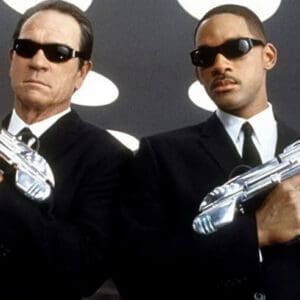

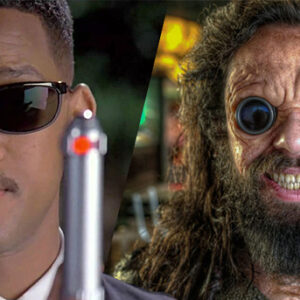
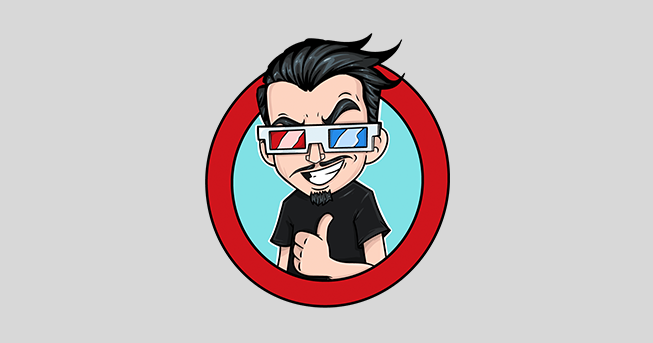
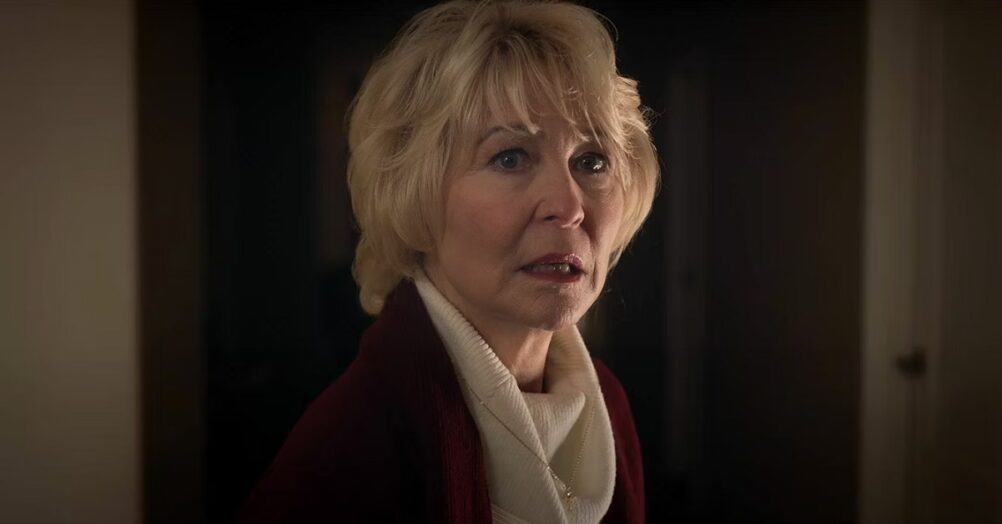
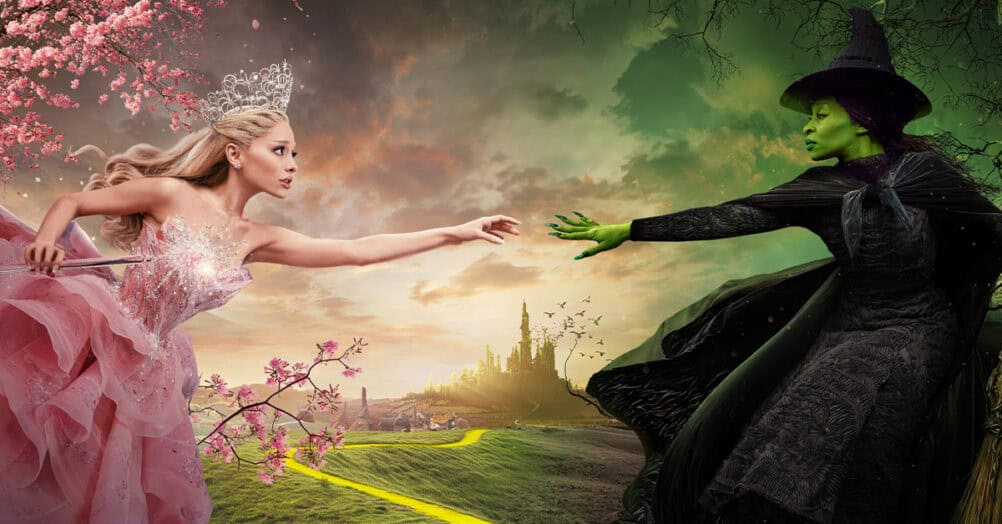
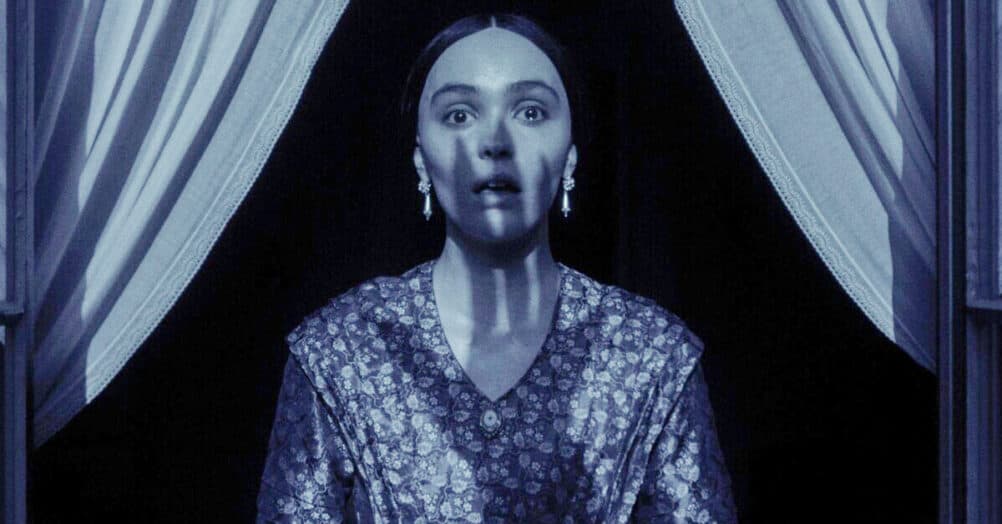
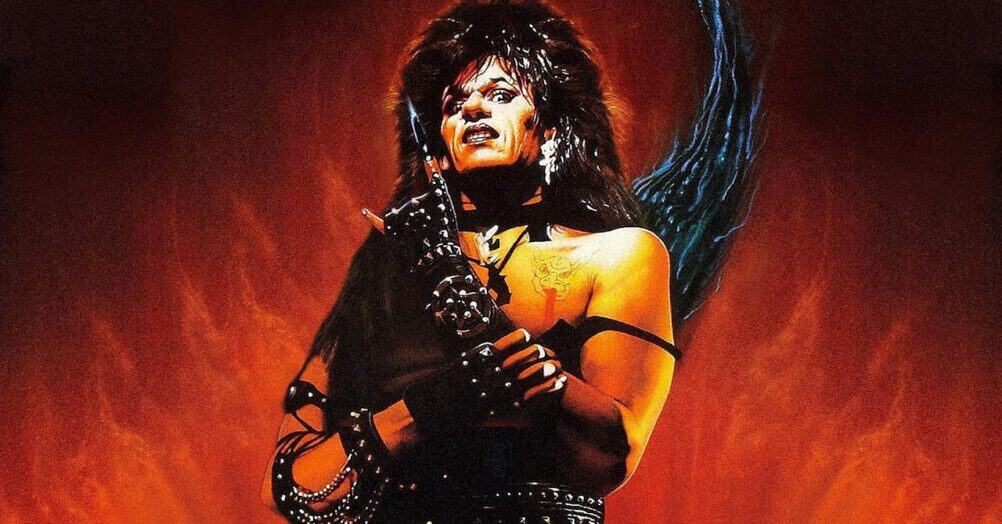
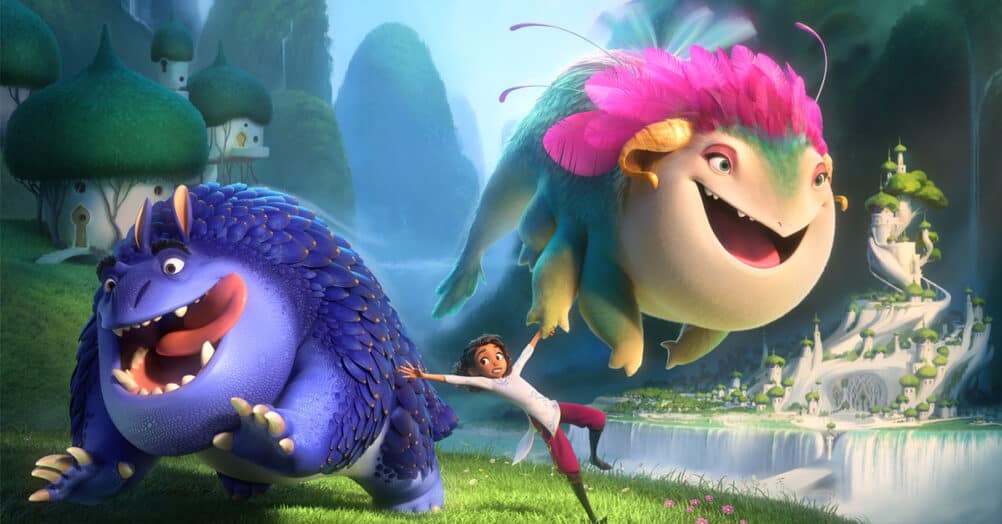





Follow the JOBLO MOVIE NETWORK
Follow us on YOUTUBE
Follow ARROW IN THE HEAD
Follow AITH on YOUTUBE